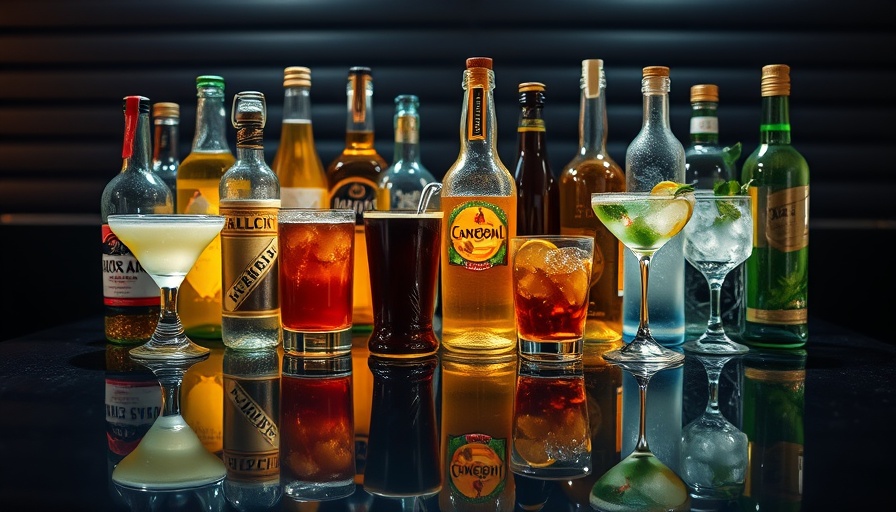
Microplastics: A Hidden Threat in Glass Bottles
For decades, glass bottles have been marketed as a safer alternative to plastic containers, largely due to their durability and perceived lack of harmful chemicals. However, a recent study by the French Agency for Food, Environmental and Occupational Health & Safety (ANSES) has challenged this notion, revealing alarming levels of microplastics (MPs) even in beverages sold in glass bottles.
The Study and Its Findings
Conducted as part of the larger MICROSOF project, the ANSES study tested various drinks including bottled waters, sodas, and wines. Astonishingly, microplastics were detected in every category tested. In bottled water, the concentration was comparatively lower at 2.9 particles per liter, but other beverages like sodas and lemonades had significantly higher counts — up to 101.5 MPs/L. This raises critical questions about the actual safety of drinks consumed from glass containers.
Health Risks Linked to Microplastics
The health implications of consuming microplastics remain largely unclear due to a lack of cohesive toxicological data. Nevertheless, recent findings indicate potential links to serious health issues. Micro- and nano-plastics can invade various human organs, contributing to conditions such as stomach cancer, myocardial infarction, and even increased instances of stroke. Notably, some studies claim that 0.5% of human brain mass consists of plastic, raising significant health concerns for consumers.
Contamination Beyond Beverages: A Wider Concern
Microplastics are not only found in drinks but have been detected in many food items too, including fruits, vegetables, and certain meats. This widespread contamination is alarming and suggests a systemic issue that affects our planet’s ecological and human health. With soil samples from France showing MPs in 75% of tested sites, the ongoing plastic pollution crisis calls for urgent awareness and action.
Consumer Awareness and Future Considerations
As we strive for healthier lifestyles, the implications of microplastic contamination in our food and drink cannot be overlooked. Understanding the sources and prevalence of MPs is crucial for anyone concerned with wellness. Switching to glass bottles may not be as safe as it appears, spurring a debate on the material's true environmental impact and our choices as consumers.
What Can You Do?
To safeguard your health and well-being, consider monitoring your consumption of beverages and foods that are more likely to be contaminated with microplastics. Awareness is key; look for alternatives and support businesses actively reducing plastic usage. Educating yourself about potential toxins in your environment can lead to better health outcomes and improved overall wellness.
In light of this compelling information, it becomes vital to engage in conversations about plastic use and consider adopting lifestyle changes that minimize exposure to these hidden pollutants. As always, knowledge is power — being informed about the products you consume is the first step to a healthier life.
 Add Row
Add Row  Add
Add 




 Add Row
Add Row  Add
Add 

Write A Comment